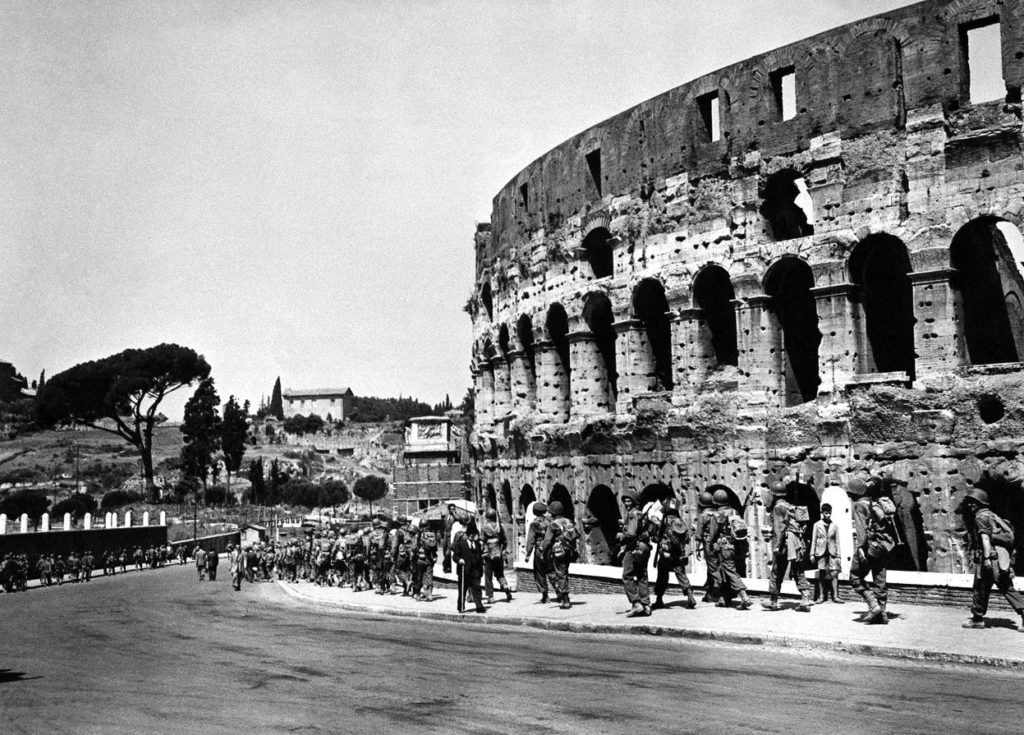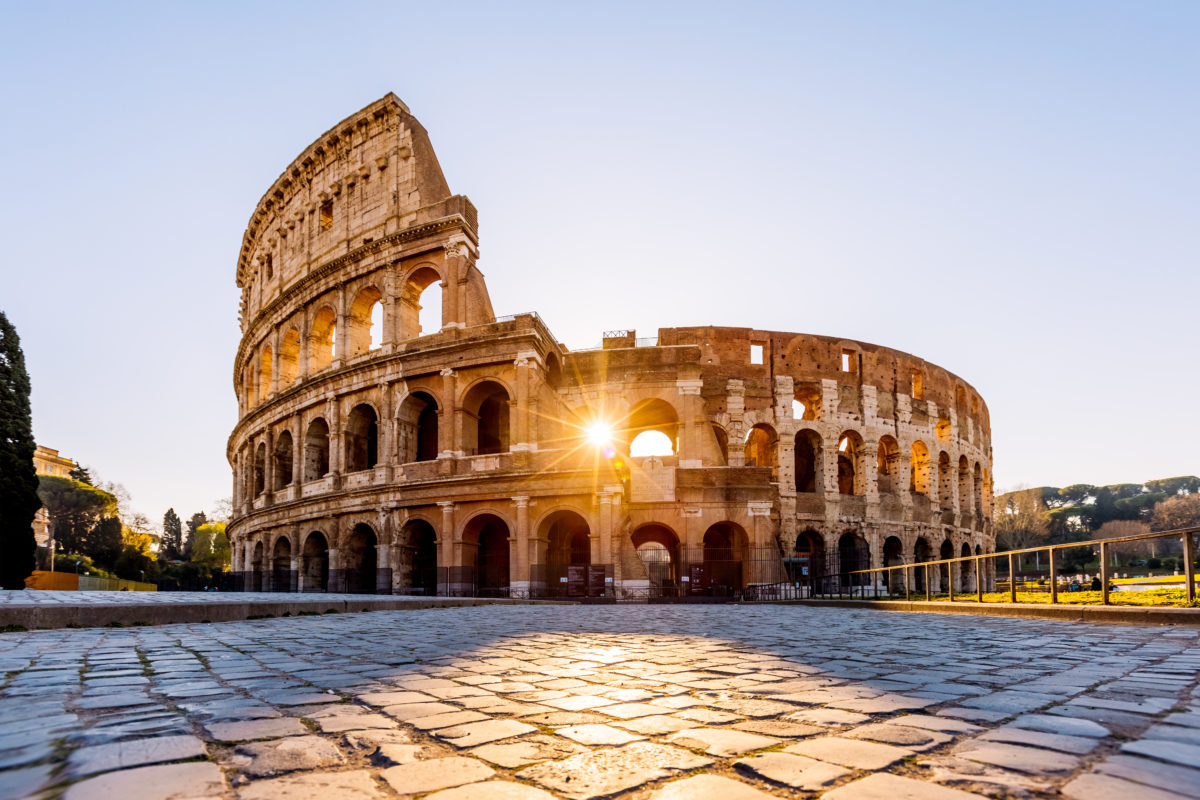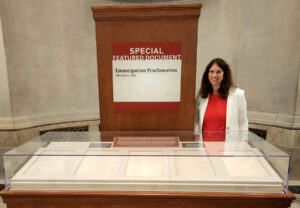Can you put a price on “priceless”? According to the U.K.-based financial consultant group Deloitte, you can.
In a report published on July 25, Deloitte estimated that the iconic Colosseum in Rome is worth 77 billion euros, or $79 billion, in cold, hard cash.
The study also found that the Colosseum contributes 1.4 billion euros per year to the Italian economy as a cultural attraction.
GET HISTORY’S GREATEST TALES—RIGHT IN YOUR INBOX
Subscribe to our Historynet Now! newsletter for the best of the past, delivered every Wednesday.
And while the more indirect, less tangible influence is harder to put a price tag on, the social value of the Colosseum is astronomical.
According to ARTnews, Deloitte’s evaluation is based on the results of a survey asking Italians the financial lengths they would go to preserve the amphitheater even if they make “no direct use of it, may not benefit even indirectly from it, and may not plan any future use for themselves or others.”
On average, Romans were willing to pay 59 euros ($59.85), while Italians living outside of Rome said they would pay 57 euros.
More than 92% of the respondents said that the monument must be preserved “under any circumstances,” even at a cost to them.

While Rome wasn’t built in a day, the Colosseum was completed in 80 B.C. and has been the backdrop of countless iconic moments in history and cinema: from the Allies marching through Rome in 1944 to Mary-Kate and Ashley’s “When in Rome” in 2002.
Ultimately the report concludes that Italy, not just Rome, can better “enhance the key assets of the Italian cultural heritage, with the aim of improving its attractiveness, accessibility and the birth and development of new services.”
So, tourists, it’s time to break out your best selfie “smize” and get to work.
historynet magazines
Our 9 best-selling history titles feature in-depth storytelling and iconic imagery to engage and inform on the people, the wars, and the events that shaped America and the world.






